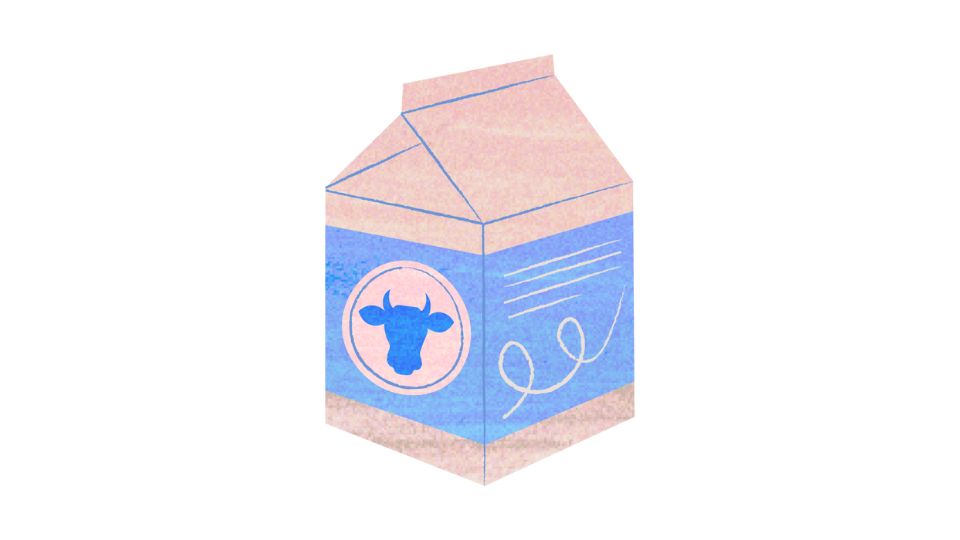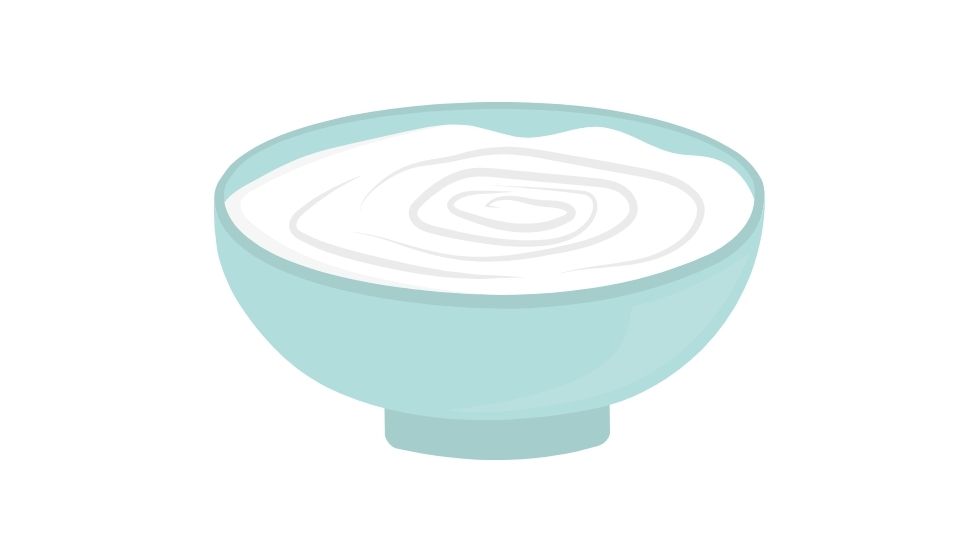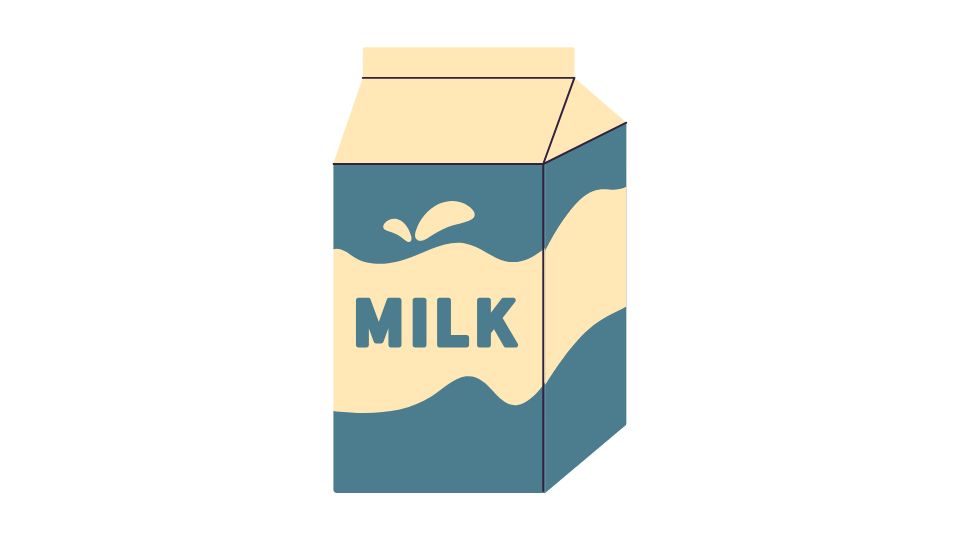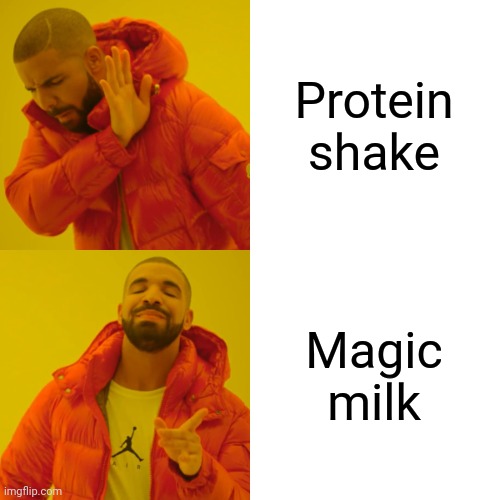Is Protein Powder Made from Dairy? (And What Type?)

Ever wonder where your protein powder comes from? If you’re like most of us, you’re just dumping a scoop into your shaker bottle without giving much thought to its origins.
Spoiler alert: Most protein powder is literally just dried milk (with some processing magic).
But before you start pouring protein powder on your cereal, let’s dig into what’s actually in that tub of gains.
What’s Actually In Your Protein Powder?
Those jacked dudes at the gym aren’t lying – protein powder helps build muscle. But did you know that when you’re drinking a shake, you’re basically having a super-concentrated dairy product?
Let’s break down what’s actually in that mysterious powder and why it matters for your fitness goals.
The Dairy Connection: Whey and Casein 101

Your average tub of protein powder is made from cow’s milk – specifically from two proteins found in milk:
- Whey protein (the fast-absorbing rockstar)
- Casein protein (the slow and steady winner)
Milk is about 3.5% protein, and that protein is roughly 80% casein and 20% whey. To create protein powder, manufacturers basically have to separate and concentrate these proteins.
The process goes something like this:
- Start with a bunch of milk
- Add enzymes or acids to separate the solid parts (casein) from the liquid (whey)
- Process and dry each part into powder form
- Package it up with cool graphics of bodybuilders and sell it to you for a nice markup
Fun fact: Whey is actually a byproduct of cheese-making. So your protein powder is essentially recycling what would otherwise be waste from cheese production. Environmentally friendly gains!
Whey Protein: The Fast and Furious Option
Whey protein is the Brad Pitt of protein powders – it’s everywhere, everyone loves it, and it gets the job done fast.
Why people love whey:
- Digests quickly (gets to your muscles ASAP)
- Mixes easily with water or milk
- Complete protein (has all essential amino acids)
- Proven to help with muscle recovery
Whey comes in different forms based on how processed it is:
- Whey concentrate: 70-80% protein with some lactose and fat
- Whey isolate: 90%+ protein with minimal lactose and fat (better for the lactose intolerant among us)
- Whey hydrolysate: Pre-digested for even faster absorption (and a premium price tag)
Most research on protein supplementation has been done with whey, which is why it’s the go-to recommendation for post-workout recovery. Your muscles are like sponges after a workout, and whey is the water they’re thirsty for.
Casein Protein: The Slow-Release Champion

While whey gets all the glory, casein protein is the unsung hero working behind the scenes.
Casein’s superpower is its slow digestion rate. It forms a gel in your stomach and releases amino acids gradually over several hours. This makes it perfect for:
- Before bed (feeding your muscles while you sleep)
- During long periods without food
- Supporting steady protein synthesis
If whey is espresso (quick hit), casein is more like a slow-drip coffee that keeps you going all day.
You already eat casein if you enjoy cheese or Greek yogurt – these foods have more casein than whey because the whey gets strained off during processing.
Non-Dairy Options: Plant Power
Not everyone can or wants to consume dairy. Luckily, there’s a growing market of non-dairy protein powders for the plant-based crowd or those with dairy allergies:
- Pea protein: Complete protein that’s gentle on the stomach
- Soy protein: Well-researched plant protein with all essential amino acids
- Rice protein: Hypoallergenic but often mixed with other proteins
- Hemp protein: Contains healthy fats but lower protein content
- Egg white protein: Non-dairy animal option with excellent amino acid profile
Plant proteins sometimes get a bad rap for being “incomplete,” but many formulations combine different plant sources to create a complete amino acid profile. Science is cool!
So is Protein Powder Just Milk?

Yes and no. Protein powder made from whey or casein is definitely derived from milk, but it’s been processed to isolate just the protein components.
This processing gives you several advantages:
- Higher protein concentration (20-25g protein per scoop vs. 8g in a cup of milk)
- Less lactose (especially in isolates)
- Less fat than whole milk
- Longer shelf life without refrigeration
- Convenience for on-the-go nutrition
It’s like milk evolved into its final form – all protein, no moo.
Which Protein Is Right For You?
If you’re not sure which protein powder to choose, here’s a quick decision guide:
| If you want | Choose |
|---|---|
| Fast post-workout recovery | Whey isolate or concentrate |
| Overnight muscle support | Casein |
| Dairy-free option | Pea, rice, or hemp protein |
| Weight loss support | Whey isolate (fewer calories) |
| Sensitive stomach | Whey isolate or pea protein |
The most important thing isn’t which protein you choose, but making sure you get enough protein throughout the day to support your fitness goals.
The Bottom Line

Most protein powders are indeed made from dairy, specifically from the proteins naturally found in cow’s milk. They’re not some mysterious lab creation – just concentrated forms of proteins you’re already familiar with.
Whether you choose whey for its fast-acting properties, casein for slow release, or plant proteins for dairy-free living, the right protein powder can be a convenient way to help meet your daily protein needs.
And remember – protein powder is a supplement, not a replacement for real food. It’s there to fill the gaps in your diet, not be your diet. Now go make some gains!

